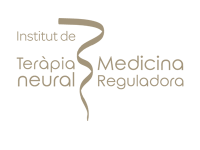
9 Minutes
CONTENTS
It is common for a person to have one or two irrational fears. Some people are afraid of spiders, for example, while others feel scared to go for their annual dental checkup. Most such people have these fears well under control as they are minor and do not disrupt their lives. However, for some, these fears may become so severe that they induce tremendous levels of anxiety and start interfering with their normal life.
Medically known as a phobia, such fears are so intense that they can cripple a person, even if they know that these fears possess little to no actual danger. Fears and phobias can be categorized based on their nature and can range from mild to very severe. Regardless of the nature and severity of a phobia, it is possible to treat it with the right integration of medicinal, therapeutic, and alternative treatment elements.

FAQs
A UNIQUE METHOD TREATING Phobia
a successful and proven concept focusing on underlying causesPhobia TREATMENT LASTING APPROACH
0 Before
Send Admission Request
0 Before
Define Treatment Goals
1 week
Assessments & Detox
1-4 week
Psychological & Holistic Therapy
4 week
Family Therapy
5-8 week
Aftercare
12+ week
Refresher Visit
Phobia Insights
latest news & research on Phobia
Megalophobia
Megalophobia or the fear of large things such as large objects, gigantic structures, or animals, is one of the specific phobias in the family of anxiety disorders
read moreAutophobia
Autophobia is a specific phobia characterized by an intense and irrational fear of being alone.
read moreAtychiphobia
Atychiphobia is a type of anxiety disorder that is characterized by an intense fear of failure or the possibility of failure
read more































































